Could no new particles at the LHC be exactly what physics needs?

It’s the ‘nightmare scenario’ for some. But for Sabine Hossenfelder, it might be a dream come true.
This article was authored by Sabine Hossenfelder. Sabine is a theoretical physicist specialized in quantum gravity and high energy physics. She also freelance writes about science. Her blog, Backreaction, can be found here.
“We have made the discovery of a new particle — a completely new particle — which is most probably very different from all the other particles. It’s nearly a once in a lifetime experience, I would say.” –Rolf-Dieter Heuer
At the end of the LHC’s first run at high energies, both the CMS and ATLAS collaborations reported a particularly interesting “bump” in the diphoton channel. Based on what’s known and predicted of the Standard Model, there should be a particular pattern to two-photon signals with a given particular energy. A bump is the most surefire indication we can look for in the search for a new particle, and a bump of a particular size, width and energy could either indicate a completely new, fundamental, beyond-the-standard-model particle, the first of its kind — or a new standard model feature — or it could simply be statistical noise. Despite the fact that it would be the nightmare of most of my colleagues, I’m hoping the diphoton bump turns out to be nothing more than noise.
I finished high school in 1995. It was the year the top quark was discovered, a prediction dating back to 1973. As I read the articles in the news, I was fascinated by the mathematics that allowed physicists to reconstruct the structure of elementary matter. It wouldn’t have been difficult to predict in 1995 that I’d go on to earn a PhD in theoretical high energy physics.
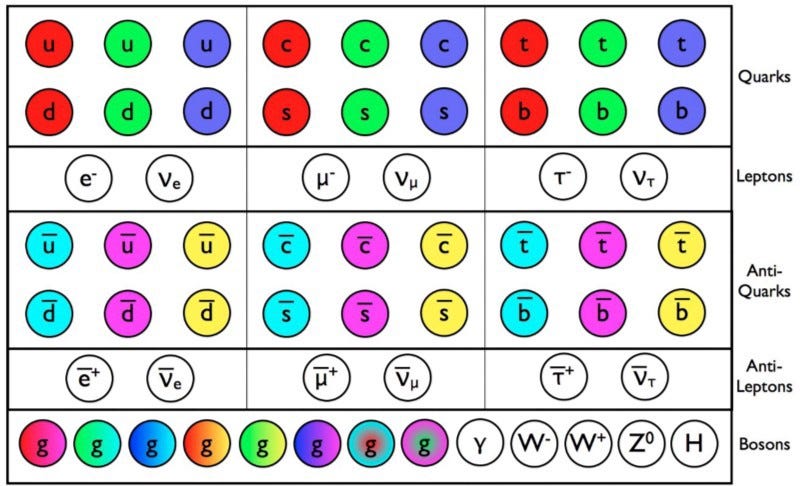
Little did I realize that for more than 20 years the so-provisional-looking standard model would remain the undefeated world champion of accuracy, irritatingly successful in its arbitrariness and yet impossible to surpass. We added neutrino masses in the late 1990s, but the idea that they wouldn’t be massless dates back to the 1950s. The prediction of the Higgs, discovered 2012, originated in the early 1960s. And while the poor standard model has been discounted as “ugly” by everyone from Stephen Hawking to Michio Kaku to Paul Davies, it’s still the best we can do.
Since I entered physics, I’ve seen grand unified models proposed and falsified. I’ve seen loads of dark matter candidates not being found, followed by a ritual parameter adjustment to explain the lack of detection. I’ve seen supersymmetric particles being “predicted” with constantly increasing masses, from some GeV to some 100 GeV to LHC energies of some TeV. And now that it looks like the LHC isn’t going to see any superpartners either, my colleagues in particle physicists are more than willing to once again move the goalposts.
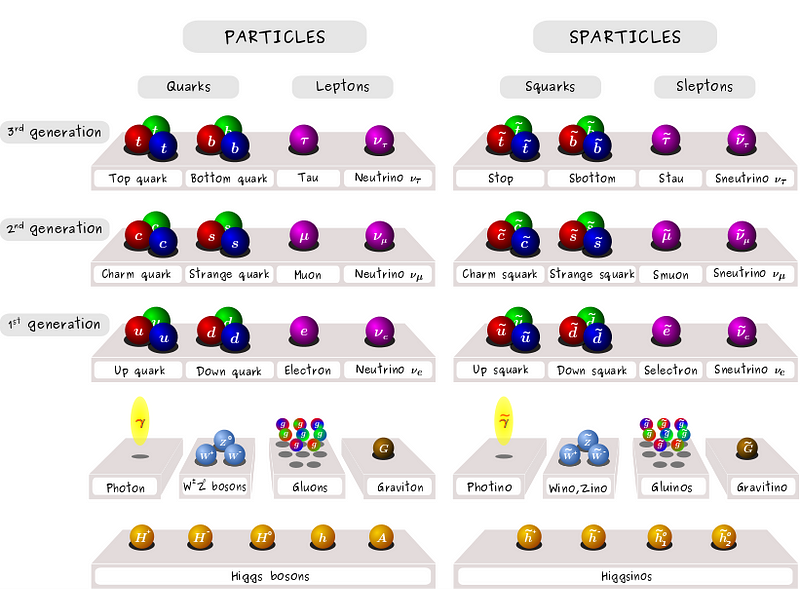
During my professional career, all I have seen is failure. A failure, that is, of particle physicists to uncover a more powerful mathematical framework that improves upon the theories we already have. Yes, failure is part of science — it’s frustrating, but not worrisome. What worries me much more is our failure to learn from those failures. Rather than trying something new, we’ve been trying the same thing over and over again, expecting different results.
When I look at the data what I see is that our reliance on gauge-symmetry and the attempt at unification, the use of naturalness as guidance, and the trust in beauty and simplicity aren’t working. The cosmological constant isn’t natural. The Higgs mass isn’t natural. The standard model isn’t pretty, and the concordance model isn’t simple. Grand unification failed. It failed again. And yet we haven’t drawn any consequences from this: Particle physicists are still playing today by the same rules as in 1973.
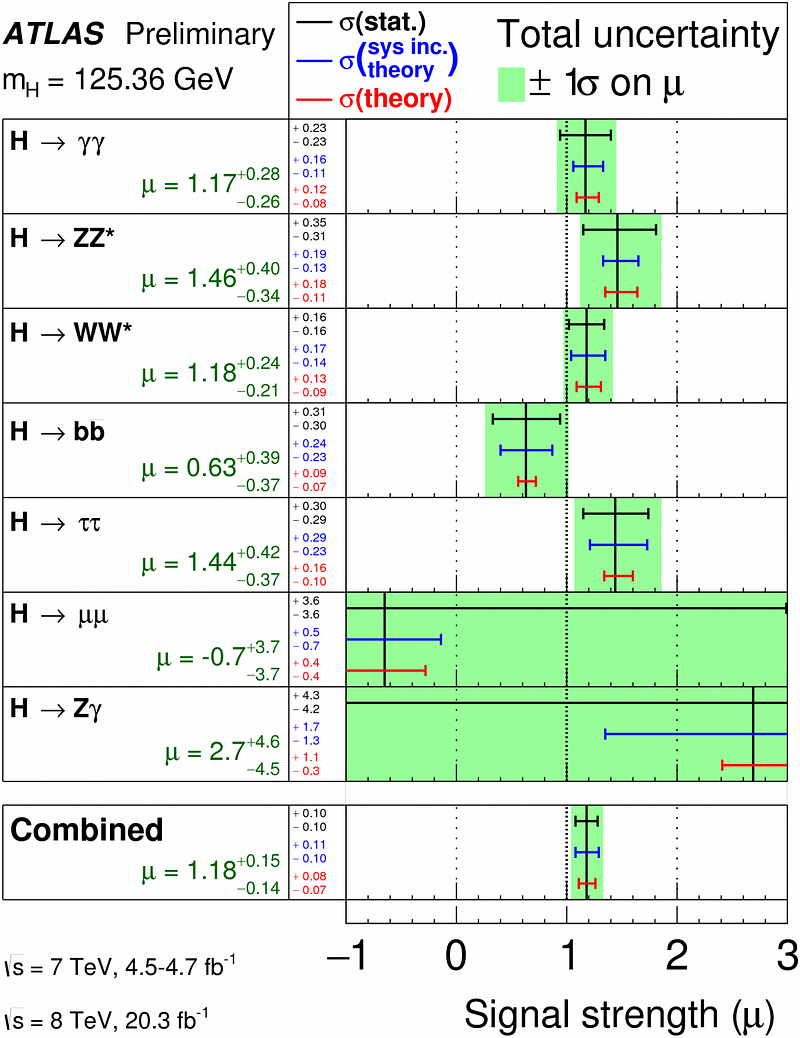
For the last ten years you’ve been told that the LHC must see some new physics besides the Higgs because otherwise nature isn’t “natural” — a technical term invented to describe the degree of numerical coincidence of a theory. I’ve been laughed at when I explained that I don’t buy into naturalness because it’s a philosophical criterion, not a scientific one. But on that matter I got the last laugh: nature, it turns out, doesn’t like to be told what’s presumably natural.
The idea of naturalness that has been preached for so long is not compatible with the LHC data — the Higgs but no further new physics — regardless of what else will be found in the data yet to come. And now naturalness is in the way of moving predictions for so-far undiscovered particles — yet again — to higher energies. Particle physicists, opportunistic as always, are suddenly more than willing to discard of naturalness to justify the next larger collider.
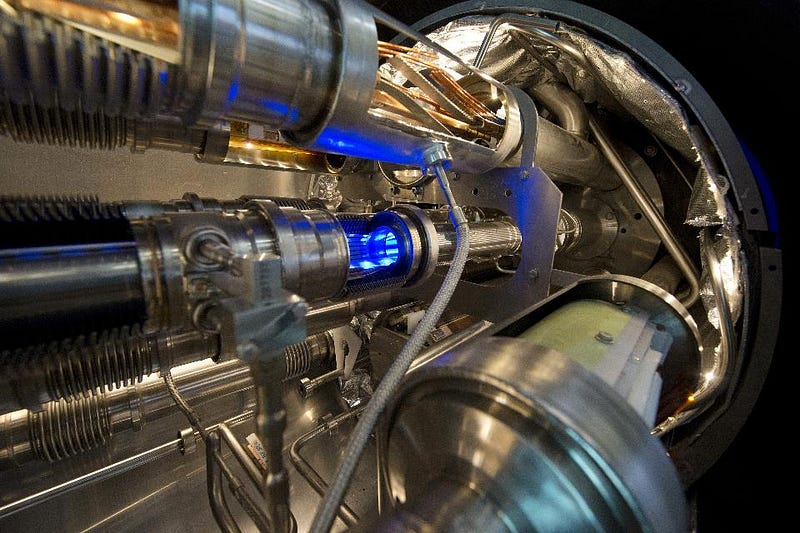
The LHC so far hasn’t seen evidence for physics beyond the standard model, except possibly for the diphoton bump. That not-quite-robust hint is the only remaining anomaly in the LHC data that might signal new physics, the resort of last hope. The statistical significance isn’t remarkable — we have seen many fluctuations of this size come and go. But if the bump doesn’t disappear with the data from the next run, the standard model might fall.
Broadly speaking, there are three options for what the anomaly could be:
- it might be new physics,
- it might be a little understood aspect of standard model physics,
- or it might simply be a statistical fluctuation that turns out to be nothing novel at all.
The first option is arguably the more exciting one and it has attracted the bulk of attention in the last couple of months. Indeed, there have been so many proposals for what the diphoton bump could be I’m unable to survey them, but a brief summary is: it doesn’t look like anything that anybody expected before they saw the data. Most importantly, it neither looks like a fourth generation nor like supersymmetry. If you have any respect left for particle physicists at this point, this should actually tell you that the bump is likely to join the nirvana of statistical flukes.
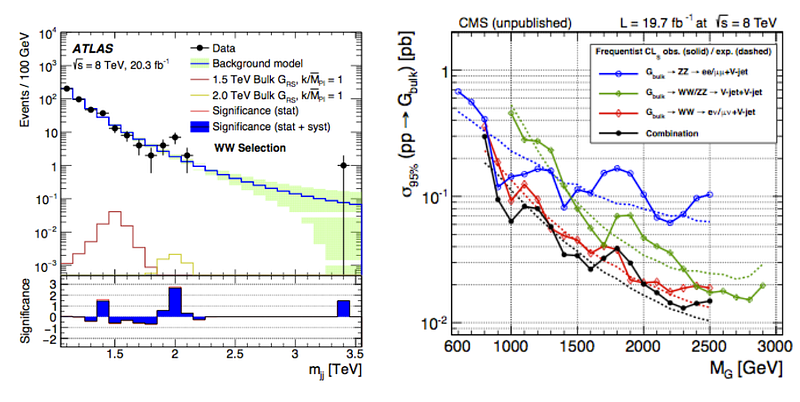
The last word on the diphoton anomaly hasn’t been spoken, and it’s too early to jump to conclusions, so I won’t. The only rumors I have heard are the same rumors that have already circulated on Twitter, I’m no wiser than you and have thus nothing to add about the significance of the bump. But I want to spend a few words on the significance of no-bump.
If the bump goes away, this would catapult us into what has become known as the “nightmare scenario” for the LHC: The Higgs and nothing else. Many particle physicists are afraid of this scenario because, if it comes true, it will leave them without guidance, lost in a thicket of rapidly multiplying models that threaten to block out sunlight. Without some new physics, everyone is concerned we’ll have nothing to work with that we haven’t had already for 50 years. Without any new inputs that can tell us which direction to look towards in the ultimate goal of unification and/or quantum gravity, we’d finally have to admit the truth: we’re completely lost.
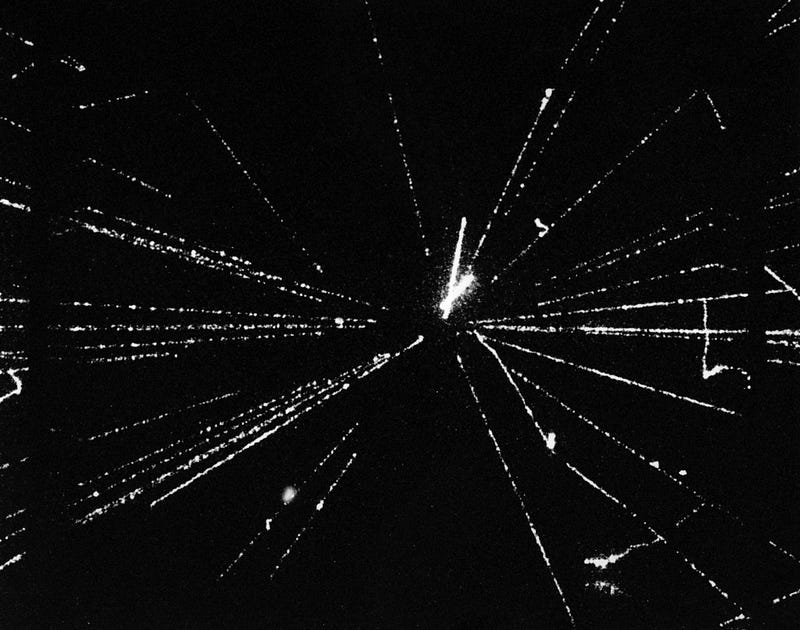
That’s why I’d love it if the bump goes away. Because it would be a clear signal that we’ve been doing something seriously wrong, that our experience from constructing the standard model is no longer a promising direction to continue.
We already know we’ve been doing something wrong — bump or no bump — because naturalness has gone out the window. But if the bump stays, chances are we’d try to absorb it into the mathematics we already have rather than look for something really new. Sometimes things have to get really bad before they can get better. That’s why for me no-bump is the most hopeful outcome.
This post first appeared at Forbes, and is brought to you ad-free by our Patreon supporters. Comment on our forum, & buy our first book: Beyond The Galaxy!





